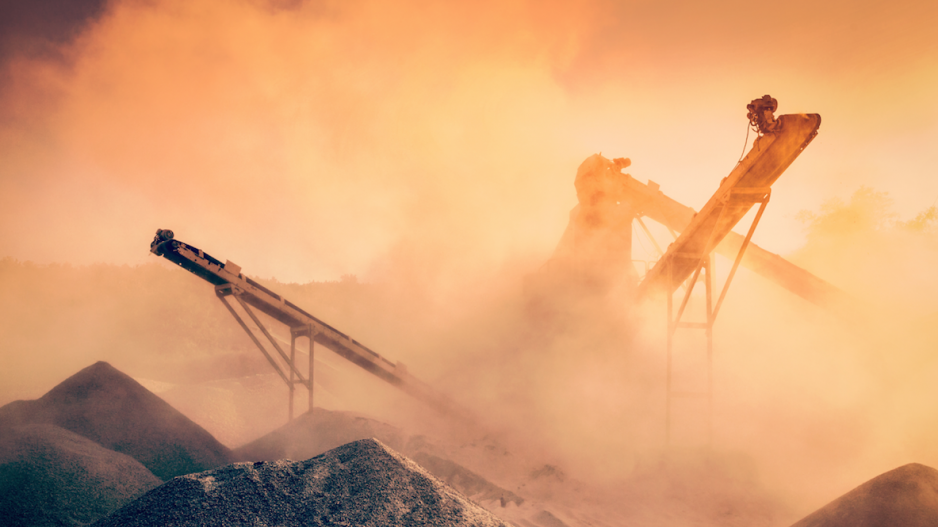SOURCE: Business In Vancouver (BIV)
DATE: January 29, 2019
SNIP: By 2030, the amount of installed wind power globally will more than double, according to the International Energy Agency (IEA). Installed solar power will quadruple.
And the number of electric vehicles will increase 1,389% – to 125 million from three million – by 2030, and 3,333% in 2040 to 300 million, according to the IEA.
Given that each electric vehicle requires 83 kilograms of copper and each wind turbine contains about 3.5 tonnes of the metal, that represents a surging demand for copper – as well as other base metals – on a timeline that is shorter than what it typically takes to bring a new mine into production.
Copper is just one of the base metals needed for things like wind turbines and electric cars, and it’s one of the metals for which there is no good substitute. Substantial amounts of iron and metallurgical coal are also needed to make the steel that goes into wind turbines and cars.
If, as the IEA predicts, there are 125 million electric vehicles (EVs) on the road by 2030, it will require roughly 10 million tonnes of copper – a 50% increase over current annual global copper consumption (20 million tonnes).
The additional wind turbines built by 2030 would require roughly two million tonnes of copper – about 10% of the world’s current production.
That’s not even taking into account how much copper would be needed for a quadrupling of solar power, and all the enhancements to the electrical grid and charging infrastructure for electric vehicles that will be required.
Given how much aluminum, metallurgical coal, copper, aluminum, zinc and rare earths are required for each wind turbine and each EV – and how much lithium and cobalt are needed for EV batteries – it begs the question: Will the transition to a low-carbon economy lead to “peak metals” (the point of maximum metal production)?
Some government bodies responsible for energy security have already begun to ring alarm bells and are asking whether a shortage of certain critical metals will allow the energy transition to happen on the scale and timelines that many governments have set for themselves.
One study raises concerns about the supply of silver, which is used in photovoltaic cells for solar power. Another raises concerns about lithium and cobalt, both of which are needed for lithium-ion batteries used in EVs.
Some critical “energy metals” such as lithium and cobalt – both used in car batteries – are currently in adequate supply.
But more than half of the world’s cobalt comes from the Democratic Republic of Congo, where ethical concerns about child labour and impacts of artisanal mining on human health have earned cobalt the label “the blood diamond of batteries.”
[T]here’s no question that the world is going to need a lot more copper, steel, rare earths and several other critical energy metals over the next two decades. The increased mining required will have impacts on land, water, forests and Indigenous peoples.
“A major increase in virgin raw material extraction will have severe consequences for local communities and the environment, including large emissions of greenhouse gases,” the European Parliament report warns.

